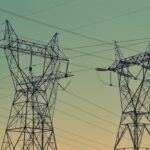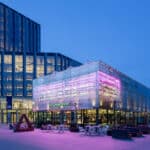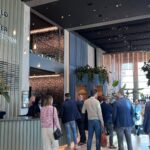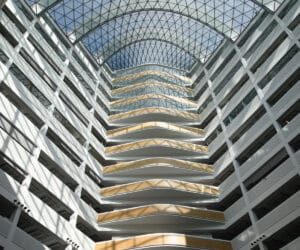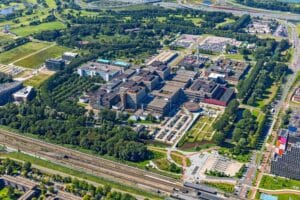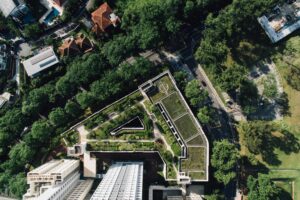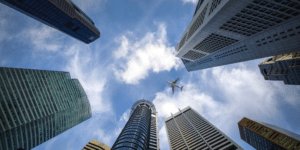
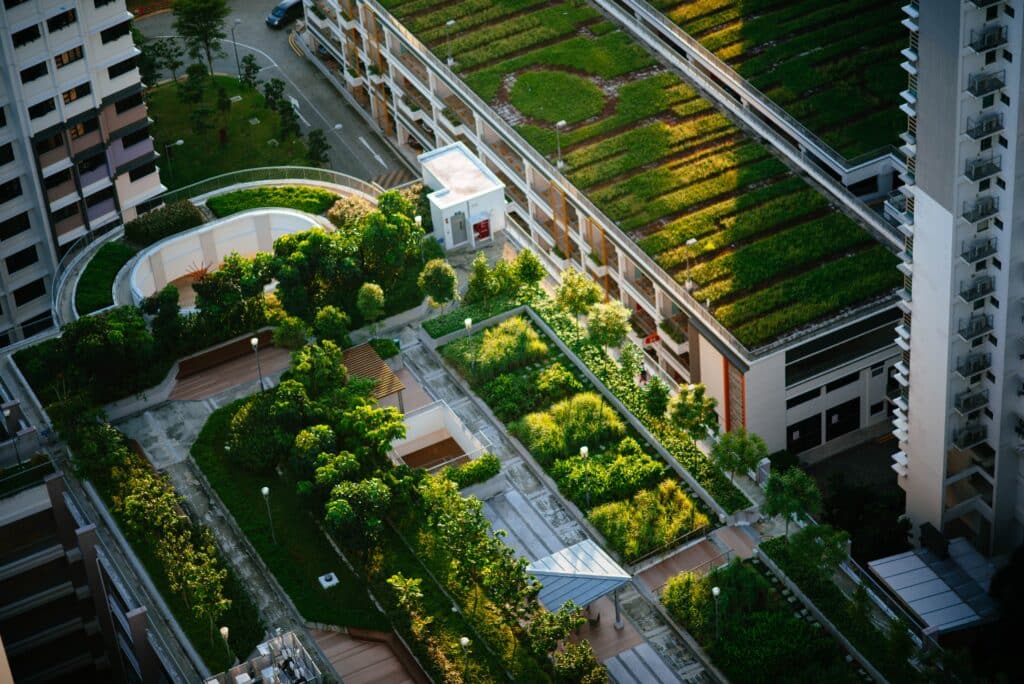
Series: Making your property more sustainable – savings, comfort or circularity?
The impact of the built environment on the total CO2 emissions is large. For this reason, the need for far-reaching reductions has been further laid down in legislation. As a result, legislation now and in the years to ahead is very decisive in the choices and investments that building owners have to make in their properties. Think for example of replacements of systems, lighting or a structural update of a building. These are ideal occasions to investigate whether you can make the building future-proof as efficiently as possible.
Savings, comfort or circularity?
But how can you achieve the greatest possible savings by making smart choices? And do you just need to increase the comfort in the building or maybe become completely circular? A number of answers to these questions will be dealt with in this part of the blog series “Making your property more sustainable”.
How do you make the biggest savings by increasing sustainability?
In 2019, many building owners were confronted only for the first time with measures that had to be implemented on a compulsory basis. Examples include the mandatory Recognised Measures lists mentioned in section 1. These are measures that can be recouped in a maximum of five years and are therefore mandatory to implement. However, implementing these measures indiscriminately does not always result in the shortest payback time or the biggest savings. There are many situations in which another measure or an alternative to the measures put forward is ultimately a far more favourable option.
Start insulating

Whoever follows the Trias Energetica model developed by Delft University of Technology knows that for a building to be as energy-efficient as possible, the outer shell must be tackled first. The greatest savings are therefore achieved with a good insulation package. Cavity wall insulation and flat or other roof insulation provide in many cases a large saving and the payback time is short.
Costs and therefore payback times can increase considerably if the insulation is more difficult to install, as is often the case with floors and walls. Therefore, obtain good advice on what insulation can save in your case so that you can determine a favourable order of implementation.
Savings through EPC improvement
In addition to energy saving, many measures also provide a substantial financial benefit. For example, it can be very useful to calculate which measures can be used to achieve a higher EPC, so that the value of the property increases. If you are investing in slightly more expensive but economical lighting and are just managing to obtain that EPC A, this can increase the sales or rental price by several percent. By replacing your old fluorescent lighting entirely by LED lighting, you save about 60% on consumption and you can often suffice with fewer fittings. In addition, an ECP improvement is realistic and you will often recoup the costs of the measure in three years. The largest ECP improvements are often made by applying heat recovery to your air treatment units. This can often mean as many as three ECP levels up! So springing from a D EPC to an EPC A is suddenly achievable in addition to great energy savings!
How do you increase the comfort of your property by making it more sustainable?
In addition to the savings that measures often yield, they often improve the comfort of the occupants/tenants of your property. And an extra investment is often not even needed. Comfort problems in buildings are often caused by inadequately set or inadequately dimensioned systems. In many cases, making things more sustainable, saving money and increasing comfort can therefore go hand in hand quite easily. If you have adjustments made to your systems, do not forget to update and optimise the control technology. With modern control technology and good adjustment, you can prevent many comfort problems.
Smart management systems
An important factor in temperature management systems in buildings is that they are generally reactive. This causes problems, especially in the transition periods between seasons. For example, it often happens that buildings are heated up strongly in the morning due to the lower outside temperature and have to be cooled down not much later when the sun shines in. These large differences in temperature are experienced by users as uncomfortable. By regulating building management systems more intelligently, for example based on weather forecasts, a much more stable indoor climate can be created. This ensures greater comfort and less unnecessary energy consumption while the investment is limited. A well-adjusted system saves up to 15% without having to modify the hardware!
The step towards circularity
If you are going to make your property more sustainable, it is good to think about the savings it will bring and the comfort. But it is also important to think one step further. How large is the step to a circular building? And how can you further increase your impact with small measures?
When it comes to sustainability, the focus tends to be on the prevention or greening of energy consumption, but there is also much to be gained in terms of the use of materials. When increasing the circularity of your building, renovations are obvious occasions on which to critically examine the reusability of materials. But a substantial part of the kilograms of ‘virgin’ materials is consumed during the daily use of the building. The biggest gain is often easy to make by purchasing your energy ‘green’ so that you avoid burning fossil fuels. In addition, cleaning, the canteen and the purchase of office supplies such as paper have a major impact on circularity. Talk to your suppliers about the possibilities for greater recycling. This can often be achieved with some relatively simple adjustments.
Do you want to know more about making your property more sustainable or do you have questions about this article? Please contact us or read the entire blog series.
